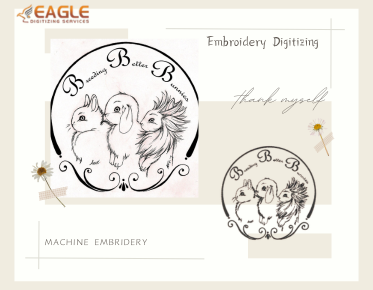Addressing Challenges Encountered When Working with Complex Contours and Details in Graphics
html
In the realm of graphic design, working with complex contours and details presents a unique set of challenges that require both creativity and technical skill to overcome. Designers often find themselves navigating intricate designs that demand precision and attention to detail. This blog explores the common challenges faced when dealing with complex graphics and offers insights into overcoming these hurdles.
Understanding the Complexity of Graphic Contours
Graphic contours refer to the outlines or edges that define the shape of an object within a design. When these contours are complex, they can include numerous curves, angles, and intersections that make the design process more challenging. The complexity can arise from the need to accurately represent real-world objects or to create abstract designs that captivate the viewer's attention.
Challenges in Managing Detailed Designs
One of the primary challenges in working with detailed designs is maintaining clarity and precision. As the complexity of a design increases, so does the potential for errors. Designers must ensure that every line and curve is meticulously crafted to maintain the integrity of the design. This requires a deep understanding of the tools and techniques available in graphic design software.
Technical Challenges in Graphic Design Software
Graphic design software is equipped with a plethora of tools designed to aid in the creation of complex designs. However, these tools can sometimes be overwhelming, especially for those new to the field. Understanding how to effectively use vector graphics tools, for instance, is crucial for managing complex contours. Vector graphics allow for scalability without loss of quality, making them ideal for intricate designs.
Vector Graphics: A Solution for Complexity
Vector graphics are a powerful tool in the designer's arsenal when dealing with complex contours. Unlike raster images, vector graphics are not made up of pixels but are instead composed of paths defined by mathematical equations. This allows for infinite scalability and precision, which is essential when working with detailed designs. Utilizing vector graphics can significantly reduce the challenges associated with complex contours.
Strategies for Overcoming Design Challenges
To effectively manage complex designs, designers can employ several strategies. First, breaking down the design into smaller, more manageable components can make the process less daunting. This approach allows designers to focus on one section at a time, ensuring that each part is crafted with precision.
Leveraging Technology and Tools
Modern technology offers a range of tools that can assist in managing complex designs. Software that supports layers, for example, can help designers organize their work and make adjustments without affecting the entire design. Additionally, using vector conversion services can streamline the process of converting intricate designs into scalable vector formats.
Collaboration and Continuous Learning
Collaboration with other designers can provide new perspectives and solutions to complex design challenges. Engaging with a community of designers allows for the exchange of ideas and techniques that can enhance one's skill set. Furthermore, continuous learning and staying updated with the latest design trends and software updates are crucial for overcoming the challenges of complex contours.
Future Trends in Graphic Design
As technology continues to evolve, the tools and techniques available to graphic designers will become even more sophisticated. The future of graphic design will likely see advancements in artificial intelligence and machine learning, which could automate some aspects of the design process, making it easier to manage complex contours and details. Designers who embrace these technologies will be well-equipped to tackle the challenges of tomorrow's graphic design landscape.
In conclusion, while working with complex contours and details in graphics can be challenging, it is also an opportunity for creativity and innovation. By leveraging the right tools, strategies, and collaborative efforts, designers can overcome these challenges and create stunning, detailed designs. Eagle Digitizing excels in delivering professional vector art services, transforming creative visions into scalable designs.


.png)